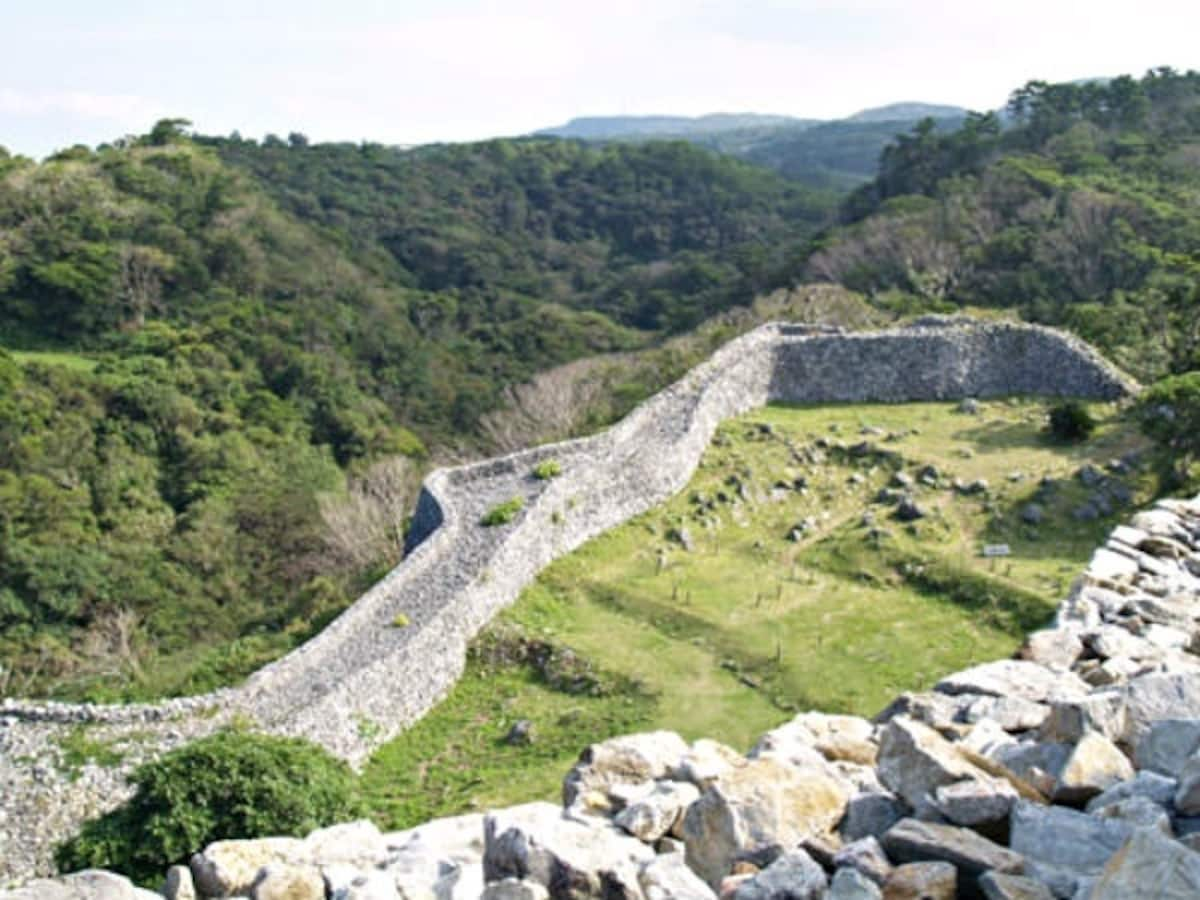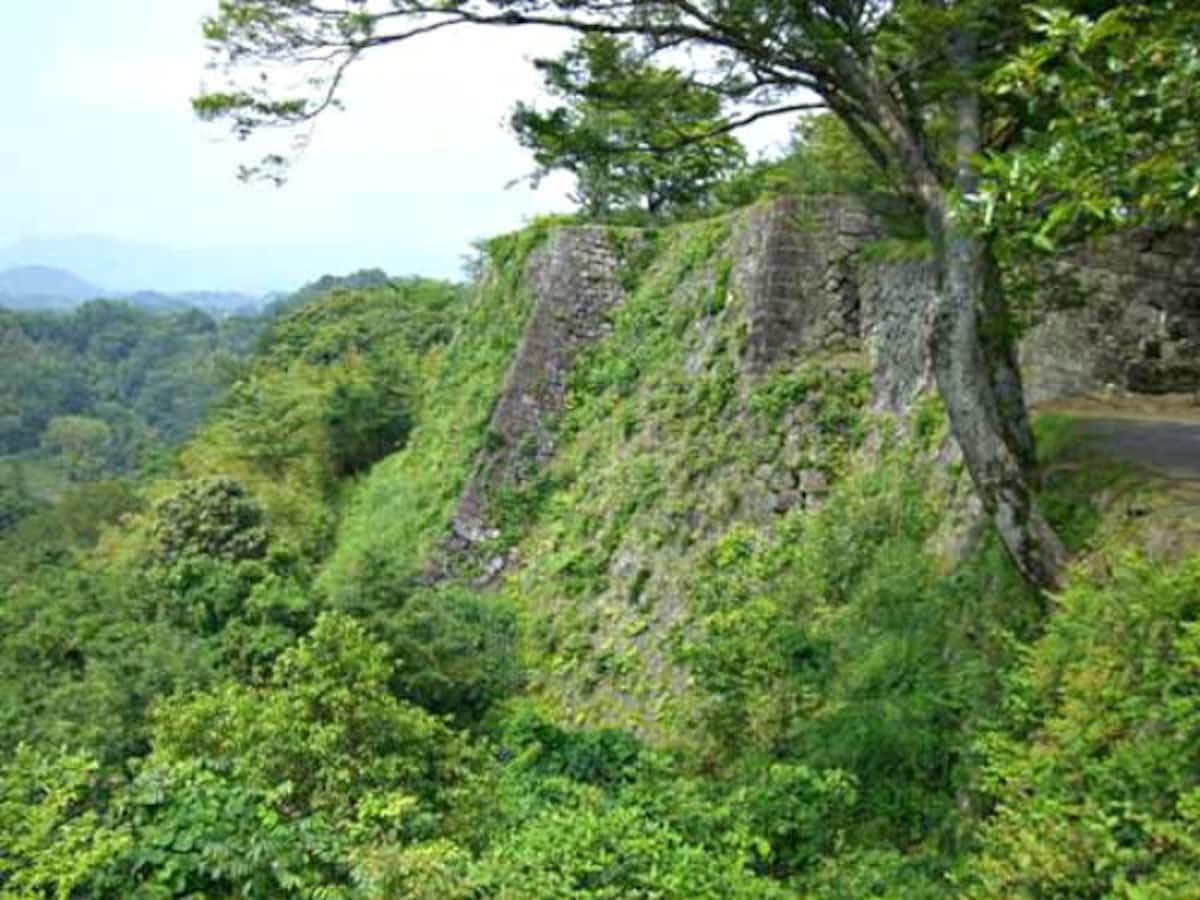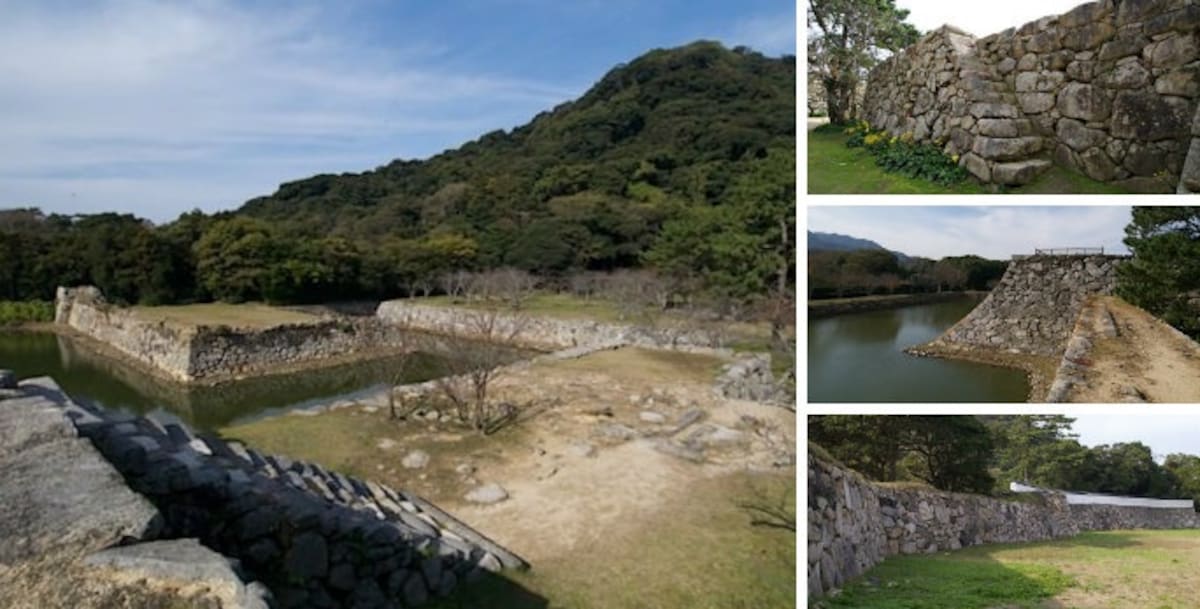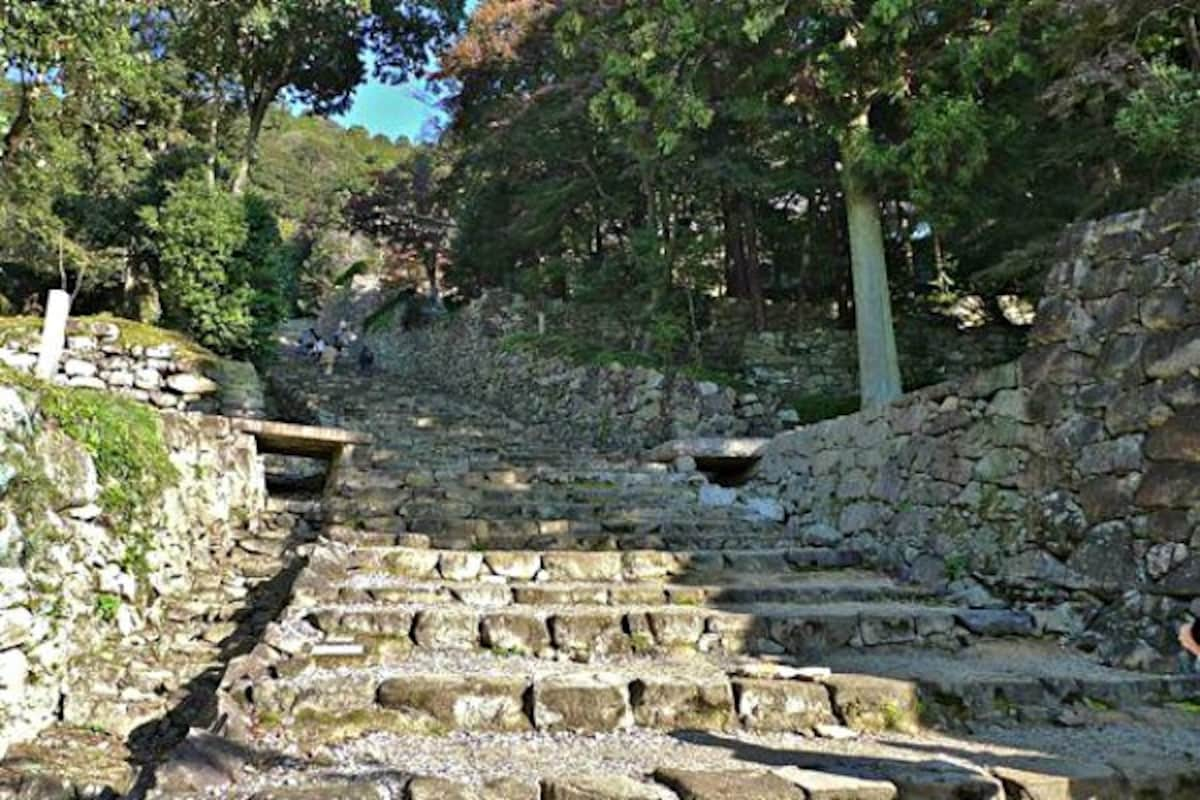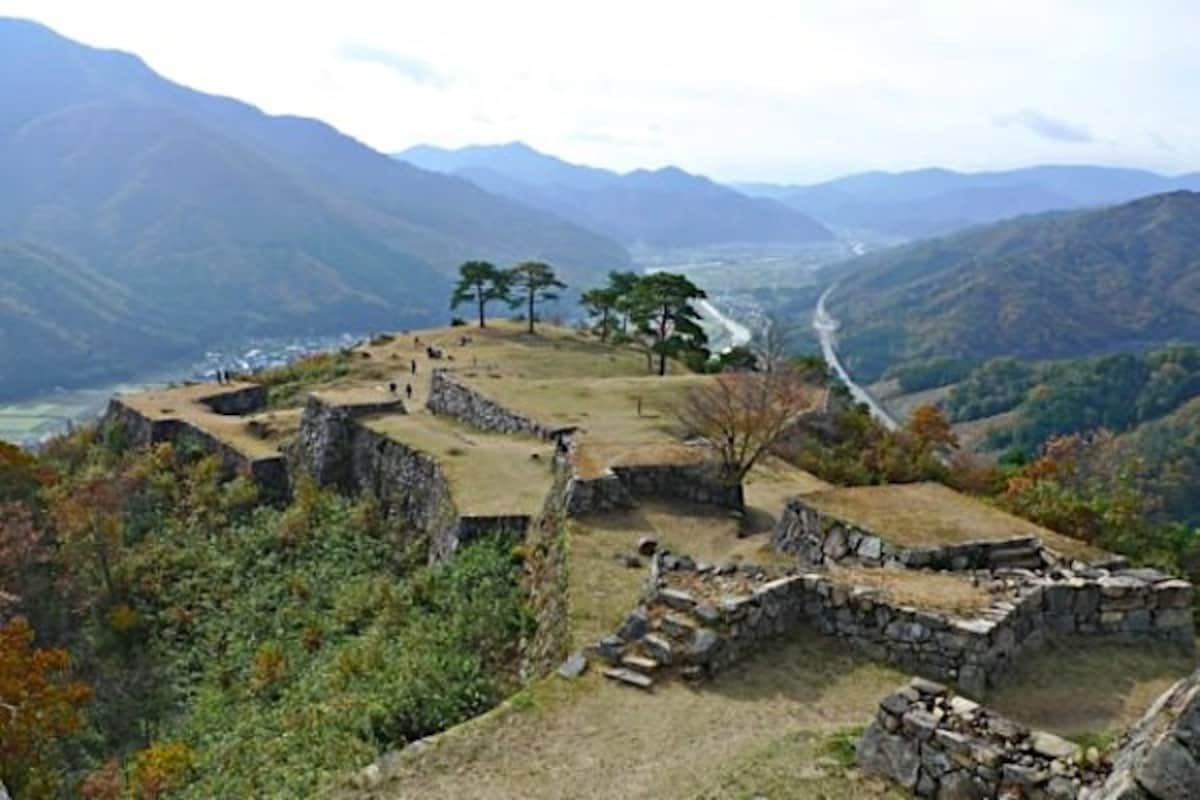Japan's 5 Greatest Castle Ruins
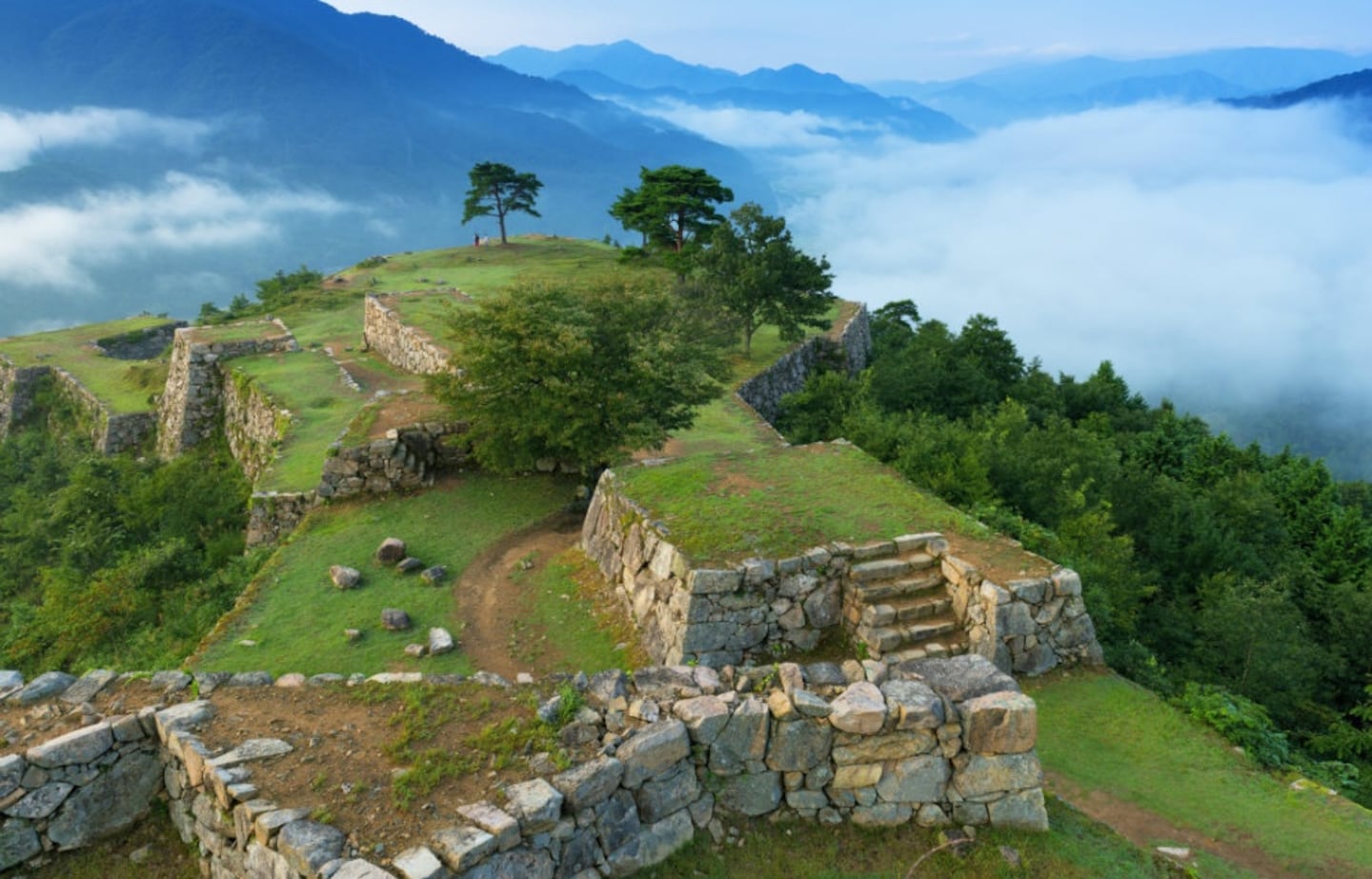
There's something exciting about ruined castles, and the best will require you to clamber up hills and mountains to discover brilliant views that most tourists will never see. While there are hundreds of ruined castles across Japan, a visit to any of the five below will be sure not to leave your inner explorer disappointed!
By Jcastle5. Nakijin Castle (Nakijin Village, Okinawa, ☆☆☆☆)
Nakijin Castle is estimated to have been built in the 13th Century by the AJi lords of Okinawa, during the island chain's Three Kingdoms (Sanzan, literally "Three Mountains") Period, when it was being divided into the principalities of Hokuzan (north), Chuzan (central) and Nanzan (south).
This castle was the home of the Aji until the Hanji took control in the 14th century and established the Hokuzan Kingdom, which was based at Nakijin Castle.
In 1416, the Chuzan Kingdom conquered the Hokuzan Kingdom and stationed Lord Gosamaru as governor at Nakijin Castle. Gosamaru was said to have been a descendant of the Aji lords who originally built Nakijin Castle.
Nakijin Castle, along with Shuri Castle and several other related sites in Okinawa, was designated a UNESCO World Cultural Heritage site in 2000. It is also designated a National Historical Site.
4. Oka Castle (Teketa City, Oita, ☆☆☆☆)
Oka Castle has a very long history. It was originally founded for Minamoto no Yoshitsune in 1185. Shiga Sadatomo entered the castle in 1332 and initiated many repairs and improvements. Shiga's descendants ruled Oka Castle until 1586. Nakagawa Hideshige took over the castle in 1594 and began more improvements and expansion of the castle, including building a main keep and palace.
The main keep was destroyed in an earthquake during the Edo Period (1603-1868). The Nakagawa ruled until the Meiji Restoration (1868), when all the buildings were dismantled, leaving only some of the stone walls we see today.
3. Hagi Castle (Hagi City, Yamaguchi, ☆☆☆☆)
After losing to Tokugawa Ieyasu at the Battle of Sekigahara (1600), Mori Terumoto's lands around Hiroshima were confiscated. The Tokugawa wanted to lock the Mori into a remote location on the Sea of Japan, so they commanded him to build his castle at Hagi.
If you visit Hagi, you'll see how far and difficult a place it is to get to. The Mori family continued to rule over Hagi until the Meiji Restoration (1868). In 1863, Mori Takachika moved the major government functions of the domain to Yamaguchi because Hagi was too vulnerable to bombardment from the sea. From this point, Hagi started losing its importance, and many of the castle buildings were dismantled. During the Meiji Restoration the main keep and the remainder of the buildings were destroyed.
The structure of Hagi Castle is actually very interesting, and Mori built a brilliantly defensible little castle. Mount Shizuki is a small mountain right on the coast, creating a small peninsula of land. The castle sits at the base of the mountain facing the land and occupies all the approachable land to the mountain. Stone walls and defensible positions on the coast prevent attack from the sea. The honmaru (central), ninomaru (second) and sannomaru (third) baileys extend toward the land, protecting the castle from a land invasion.
The sannomaru bailey encloses much of the castle town, which has numerous walled streets, narrow streets, T-junctions and dead ends to confuse and make it difficult for any attacker to reach the castle. A smattering of watchtowers, gates and strategically placed storehouses for weapons would have made any attack on Hagi very difficult indeed.
At the top of the mountain is the Tsumenomaru, a fallback position in case of a siege. The Tsumenomaru itself is divided into two baileys ringed with stone walls, and had multiple watchtowers. In the latter Edo Period (1603-1868), a yagura (turret) partway up the mountain and a platform for cannons were also added to help protect the site from the sea. Be sure to look at the map to see how things are distributed around the castle and town.
This is an amazing site to visit. The castle ruins themselves are much more extensive than most books give them credit for. There are many stone walls around the base of the mountain and some that go right up to the edge of the ocean. There are remnants of clay walls and the remains from splitting stones for the walls at both the top of the mountain and on the coast.
The castle ruins are amazing enough, but the incredibly well-preserved castle town really sets Hagi Castle apart from others. There are several original samurai homes, gates, merchants homes, walls, storehouses and more that make you feel like you've stepped back into the Edo Period. The combination of castle and castle town make this a definite four-star site.
2. Azuchi Castle (Azuchi Town, Shiga, ☆☆☆☆)
By 1575, Oda Nobunaga had become the most powerful samurai in the country. He turned over control of the Owari and Mino provinces to his eldest son Nobutada, and set his own eyes on the unification of all Japan. In 1576, Nobunaga established his new castle and power base at Azuchi on Lake Biwa. This was a very strategic location in that it gave him significant control over the nearby Tokaido and Nakasendo roads to Kyoto and any traffic on Lake Biwa.
It took three and a half years to complete the main keep and entire castle. Unfortunately, it was short lived. After Nobunaga was betrayed by Akechi Mitsuhide in 1582 at Honnoji Temple, Azuchi Castle was burned to the ground.
The construction of Azuchi Castle was a revolution in castle design, and marked the turning point for a new type of castle. Until this time, most castles were smaller mountaintop structures that were only used as lookouts or as needed for defense. Nobunaga's Azuchi Castle led the way for the larger and grander structures of the late Sengoku Period (1467-1590) and early Edo Period (1603-1868), turning castles into quarters for the daimyo and some retainers.
The main keep itself was seven stories high and thought to have been the largest multi-storied wooden building in the world at that time. The fifth floor of the main keep was an octagon representing heaven, and the quadrangular sixth floor represented the thoughts of Taoism and Confucianism.
Azuchi Castle is a fantastic site to visit. They've done an amazing job excavating the ruins and rebuilding the stone walls throughout the site. Even though there are only ruins, due to the extent of ruins, signage, and the maintenance and ongoing excavations, this site is really a must-see for any castle fan.
1. Takeda Castle (Asago City, Hyogo, ☆☆☆☆)
Takeda Castle was built on this site in the path of aggression between the Harima (southwestern Hyogo), Tanba (eastern Hyogo and central Kyoto Prefecture) and Tajima (northern Hyogo) regions as a stronghold of Izushi Castle. It was built by Otagaki Mitsukage, a retainer of Yamana Sozen, lord of the area, in 1441. Otagaki, whose family had been military commanders of the Yamana clan for five generations, became lord of the castle.
Takeda Castle was conquered by Toyotomi Hideyoshi in his Tajima campaign of 1577. Hideyoshi placed it in the control of his younger brother, Hidenaga, who moved to Izushi less than two years later. Akamatsu Hirohide, the last lord of the castle, fought on the side of the Western Forces for Tokugawa Ieyasu at the Battle of Sekigahara (1600). Hirohide served valiantly in the battle, but was accused of arson. Later that year he committed seppuku and Takeda Castle was abandoned.
This is a truly impressive castle. Despite being only ruins, the location, stone walls, design and view easily make it worth four stars. It's amazing how they built such extensive stone walls on top of the mountain, and you won't find fences or shrubs along the steep drop-offs along the edges of the stone walls like you might see at other castles.
There are few trains running to Takeda, and you'll want at least 90 minutes at the castle (depending on how much you take pictures), so plan accordingly. There is a bit of historic atmosphere of the old castle town and temples near the station as well, and there are also nice views looking down on the castle from a nearby mountain.


